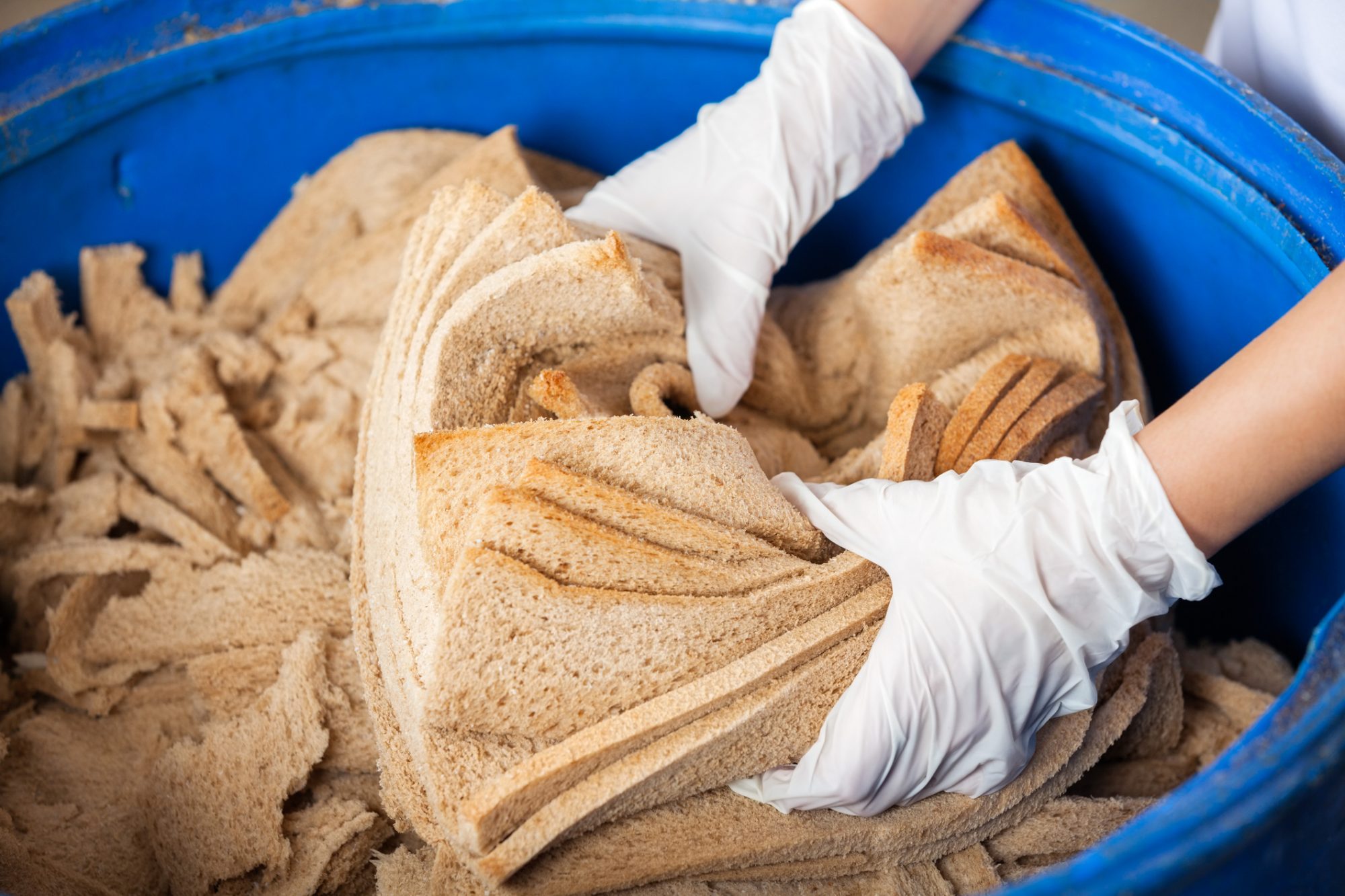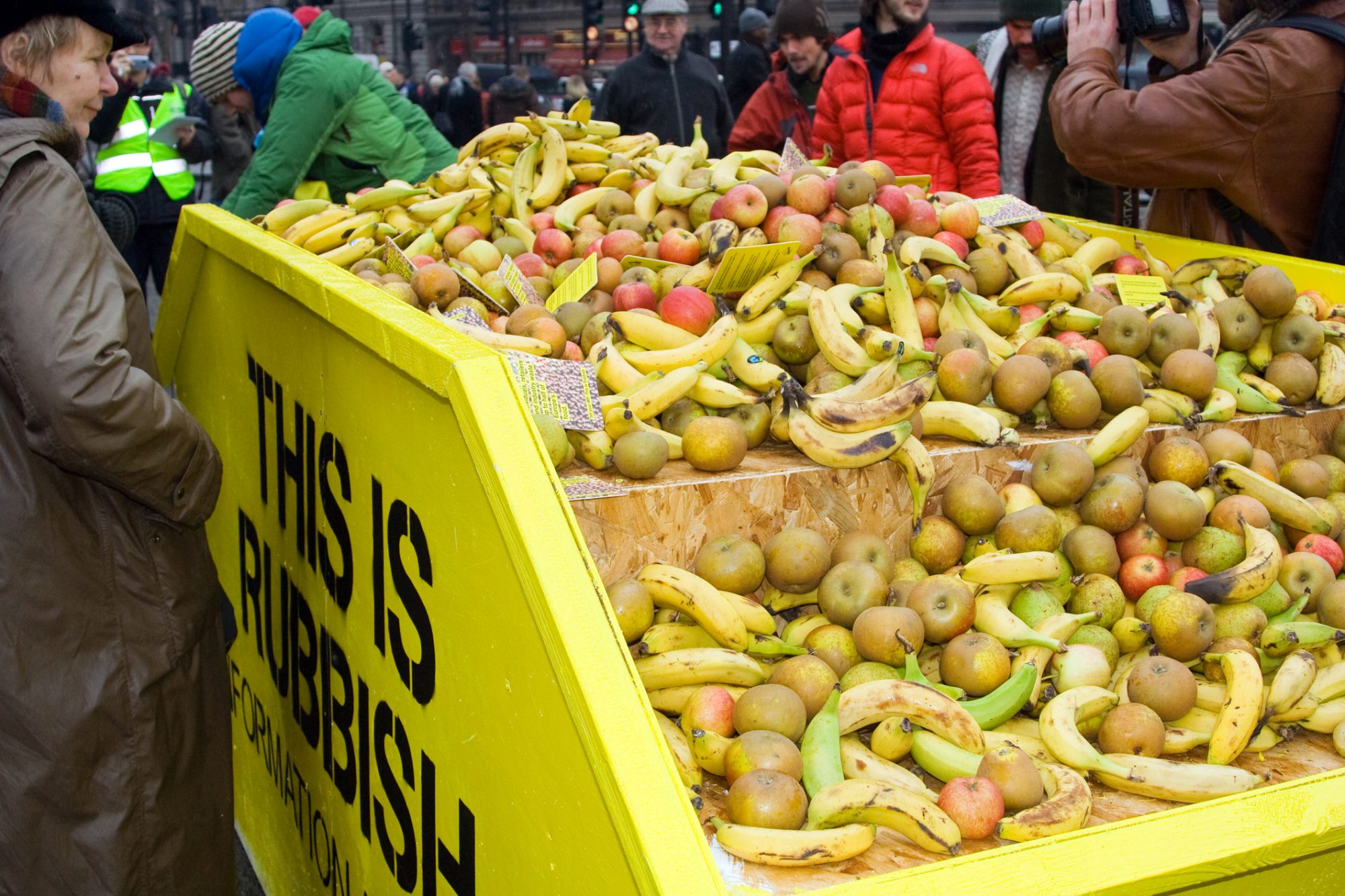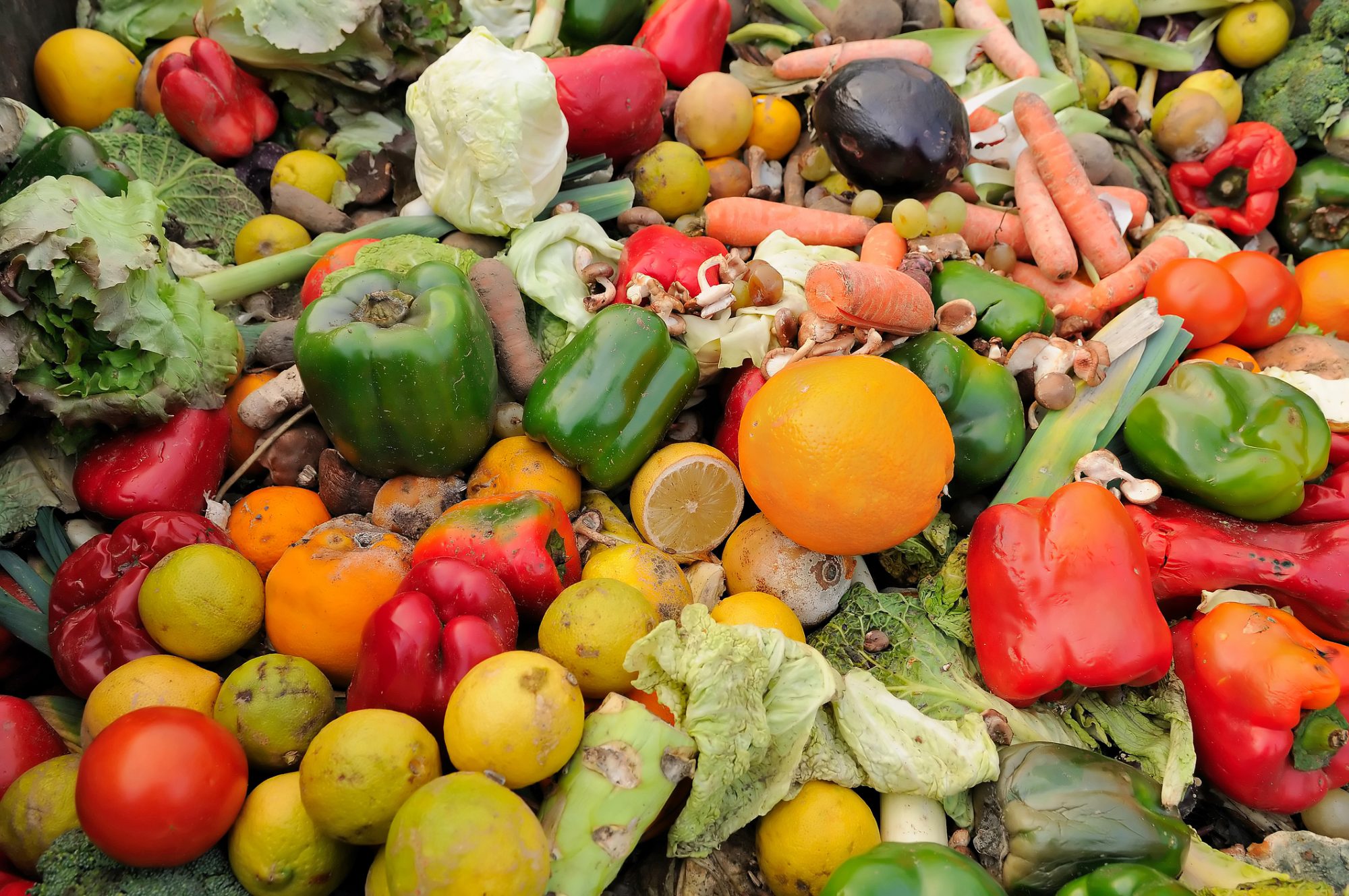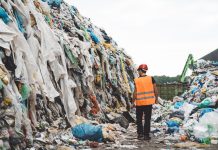A new study highlights the incentive for food producers to repurpose food waste – by turning it into useful chemicals, sustainable fuels and more
Roughly 2% of the 80 billion pounds of food discarded every year in the United States is because of food manufacturing and processing. Food waste solids are mostly sent to landfills or composted, and liquids are poured into sewers.
Putting food waste directly into a general waste bin can release methane emissions – a terrifying ordeal contributing towards greenhouse gases when produced in excess by food production companies.
Taking an alternate route to reduce food waste, researchers have tested transforming food processing waste into something else for the bioeconomy – with production opportunities ranging from sustainable fuels, biogas and electricity to useful chemicals and organic fertilizer.
Ideally, this study research can incentivise food producers to consider the possibilities of a second life for industrial food waste.
Making something out of waste products that are currently treated as trash
Giving a second life to discarded food
With the potential to reduce greenhouse gas emissions and contribute greatly to the bioeconomy, the team are finding a second life for the potato peels, fried dough particles, cheese whey and other industrial food-processing waste products that most commonly end up in landfills.
Katina Cornish, an Ohio Research Scholar of Bio-Emergent Materials, said: “The bioeconomy is becoming much more prevalent as a topic of conversation. In this case, don’t get rid of food waste – make some money from it.
“Here, we’re putting the base model in place for food manufacturers who are wondering, ‘What can I do with this stuff?’ Our flow chart guides them in a specific direction and prevents them from wasting time trying something we know won’t work.”
This work is known as ‘valorization’, which is determining the potential value of something “that is otherwise valueless or even a drain on resources for a company – when you have to spend money to get rid of it.” Cornish adds.

Researchers collected 46 food waste samples to test for fermentation
By first analysing food contents, taken from 14 large Ohio food processing companies, the researchers divided the waste into four broad categories: vegetable, fat-rich, industrial sludge and starchy.
They then characterized the sample contents’ physical and chemical properties and tested some starchy wastes they determined were good candidates for fermentation into the platform chemical acetone.
Taking the waste type’s energy density – based on calorific value – and carbon-to-nitrogen ratio, researchers analysed whether foods had repurposing potential.
An example of this includes how fatty waste and mineral-based waste can be digested anaerobically to generate biogas, and soybean waste has enough energy density to be used for biodiesel production. While low-calorific vegetable wastes aren’t great for energy production, they are plentiful organic sources of flavonoids, antioxidants and pigments that could be extracted and used in health-promoting compounds.
Each food provided a different energy production value which could be transformed into new uses.
From eggshells and tomato peels to tire foundations
Based on the analysis of fibrous and mineral-rich wastes, Cornish’s lab developed a way of transforming eggshells and tomato peels sourced into fillers in rubber products. This could potentially replace petroleum-based carbon black in tires, for example.
“We aligned this work with the Environmental Protection Agency goal to reduce 50% of food loss and waste by 2030”
Beenish Saba, a postdoctoral researcher in food, agricultural and biological engineering at Ohio State, said: “We aligned this work with the Environmental Protection Agency goal to reduce 50% of food loss and waste by 2030.
“So, how can you reduce this waste? Valorization is one method. In Ohio, corn is being grown to convert into biofuel, acetone and butanol, and here we’ve identified other sources already available as wastes that you can also convert into those products.”

Analysing technologies which sustainably transform food waste
While this experiment has great potential to deliver in the circular economy of food, these conversion technologies require energy to operate and sometimes even yield some secondary waste.
However, this valorization modelling provides a foundation for further analyses which could help quantify the environmental benefits of large-scale food – and other industry – waste reduction. This could be a starting point for big food corporations.
“If your waste has enough value for you to do something with it that prevents it from going into the landfill, that’s a really good thing.”
Cornish said: “What we hope will happen is that food producers will actually look at their costs and their footprint, and see which of these approaches for their particular wastes will work best – which will be the least financially negative, and preferably profitable, and also minimize any carbon footprint.
“In terms of global warming, any waste that can be valorized has a direct impact on global warming because it has a direct impact on emissions and on the ecosystem.
“This is all about improving energy security and lowering the financial and environmental impacts of food waste management.
“If your waste has enough value for you to do something with it that prevents it from going into the landfill, that’s a really good thing.”











